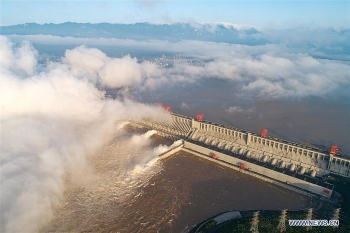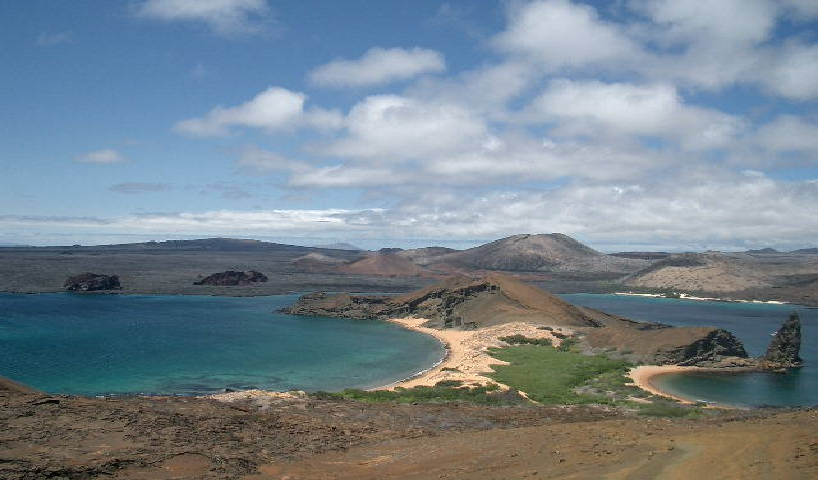Hundreds of Chinese fishing vessels spotted near Galapagos Islands (Ecuador) threatening to destroy wildlife
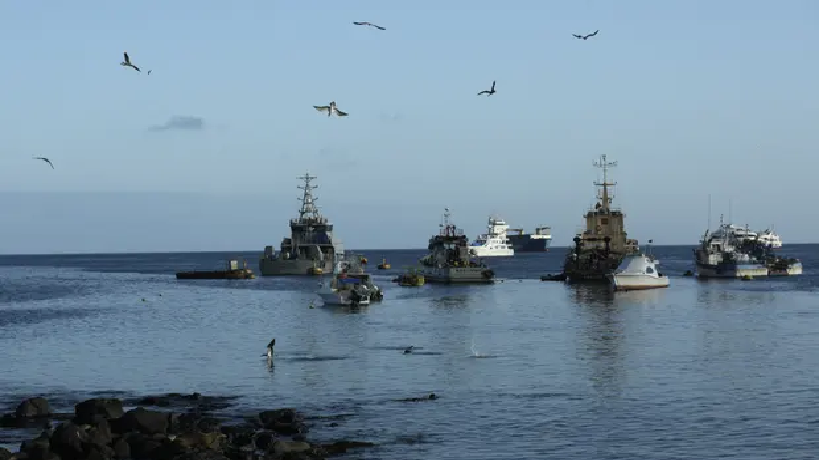 |
| Fishing and tourist boats are anchored in the bay of San Cristóbal, Galapagos Islands, Ecuador. (Photo: AP) |
A fleet of about 260 Chinese fishing boats have been spotted nearly 200 miles off the coast of the Galapagos Islands, and Ecuadorian officials fear they could harm the archipelago's precious marine life.
Their presence has already raised the prospect of serious damage to the delicate marine ecosystem, said former environment minister, Yolanda Kakabadse.
“This fleet’s size and aggressiveness against marine species is a big threat to the balance of species in the Galápagos,” she told The Guardian.
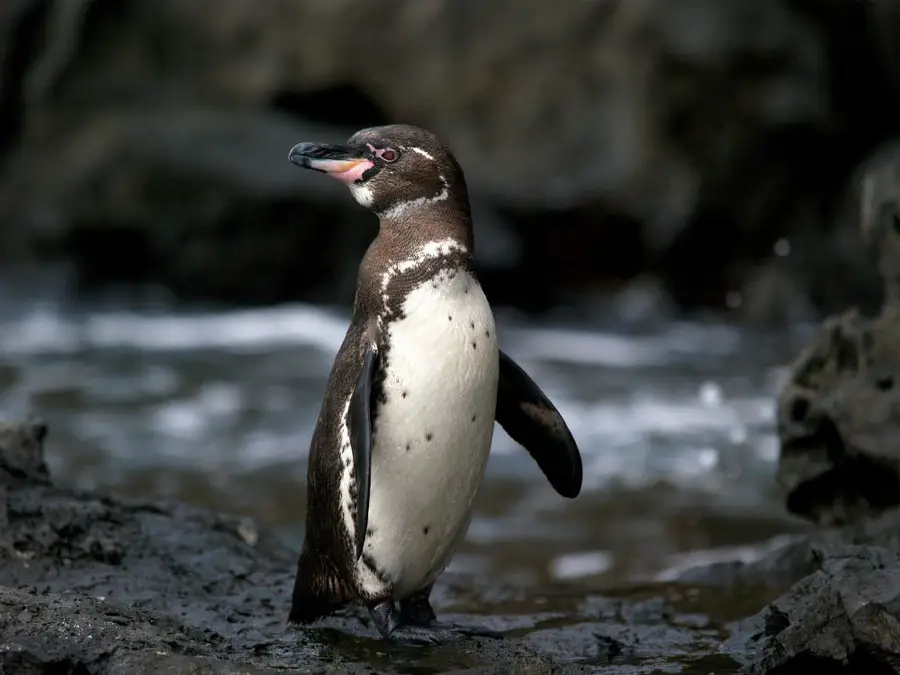 |
| A penguin in the Galapagos Islands. Alfie Photography/Shutterstock |
John Hourston, a spokesman for the Blue Planet Society, a NGO which campaigns against overfishing, told Sky News that the threat that the industrial Chinese fishing fleet poses to the unique and spectacular marine life of the Galapagos archipelago cannot be overstated.
He also said the vessels were “sucking the life from this biodiversity jewel”.
Marine life doesn't recognise lines on a map, he said, noting that unless the high seas are given protection, the ocean is in danger of becoming become a lifeless desert.
Ecuador navy “on alert”
Ecuador President Lenín Moreno said over the weekend that he's working to further protect the area.
"We will work in a regional position to defend and protect the Exclusive Economic Zone around the Galápagos Marine Reserve, one of the richest fishing areas and a hotbed of life for the entire planet," he said in Spanish on Twitter.
The Ecuadorian Navy said it has increasing patrolling to ensure the Chinese ships do not enter the exclusive economic zone around the Galápagos Islands, where 19th-century British explorer Charles Darwin developed his theory of evolution, Reuters reported.
 |
| Ecuador’s Defense Minister Oswaldo Jarrin. (Photo: EPA) |
“We are on alert, conducting surveillance, patrolling to avoid an incident such as what happened in 2017,” Ecuador’s Defense Minister Oswaldo Jarrin said at a press conference.
Kakabadse, along with Roque Sevilla, a former mayor of Ecuador’s capital, Quito, told The Guardian that they were developing a “protection strategy” to ask the Chinese fleet not to return, enforce international agreements protecting migratory species and extend the exclusive economic zone to a 350-mile radius from the islands.
According to newspaper, Ecuador is working with Costa Rica, Panama, and Colombia to further protect areas around the Galapagos Islands.
Chinese fishing vessels come every year
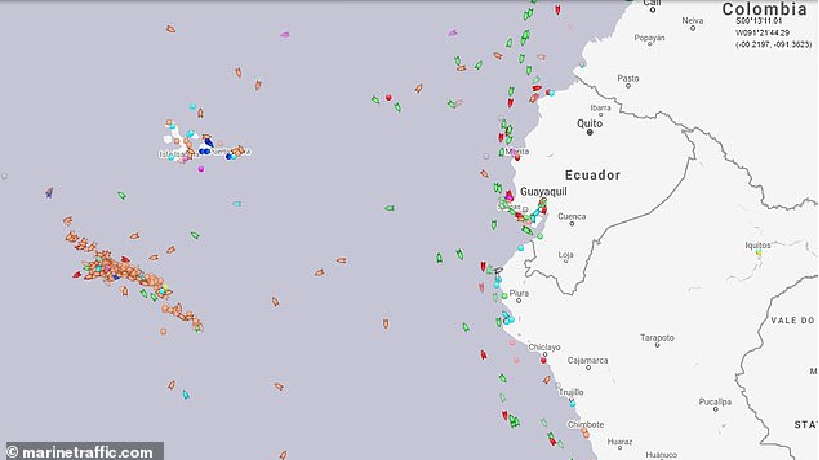 |
| The vessels were spotted massing just off the Galapagos Islands - 15,700 miles away from the Chinese mainland. (Photo: Marine Traffic) |
Chinese fishing vessels come every year to the seas around the Galápagos, which were declared a UNESCO world heritage site in 1978, but this year’s fleet is one of the largest seen in recent years, The Guardian said.
Three years ago, a Chinese ship was captured by the Ecuadorean navy within the Galápagos marine reserve of a Chinese vessel.
The Fu Yuan Yu Leng 999, part of an even larger fleet than the current one, was found to be carrying 300 tonnes of marine wildlife, mostly sharks./.
The Galápagos – as well as an about 188-mile radius of the surrounding ocean waters – was designated a UNESCO world heritage site in 1978 for its unique marine wildlife and biodiversity. The Galapagos Islands area situated in the Pacific Ocean some 1,000 km from the Ecuadorian coast. This archipelago and its immense marine reserve is known as the unique ‘living museum and showcase of evolution’. Its geographical location at the confluence of three ocean currents makes it one of the richest marine ecosystems in the world. Ongoing seismic and volcanic activity reflects the processes that formed the islands. These processes, together with the extreme isolation of the islands, led to the development of unusual plant and animal life – such as marine iguanas, flightless cormorants, giant tortoises, huge cacti, endemic trees and the many different subspecies of mockingbirds and finches – all of which inspired Charles Darwin’s theory of evolution by natural selection following his visit in 1835, according to UNESCO. |
 | Japanese Prof translates book affirming Vietnam’s sea, island sovereignty A book stating the undisputable case for Vietnam’s sovereignty over Hoang Sa (Paracel) and Truong Sa (Spratly) archipelagoes in Bien Dong Sea has been translated into ... |
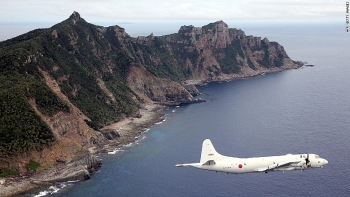 | Japan: Chinese ships continuously appeared near disputed Senkaku islands over last 3 months According to Japan's Kyodo News, on July 22, Chinese ships have appeared near the disputed Senkaku Islands or Diaoyu Islands called by China in the East ... |
 | China to start military drills around disputed Hoang Sa (Paracel) Islands - What are its intentions? China's Maritime Safety Administration on Sunday announced plans to carry out military drills around the Hoang Sa (Paracel) Islands in the East Sea (South China Sea), an area over which China claims ... |
Recommended
 World
World
Pakistan NCRC report explores emerging child rights issues
 World
World
"India has right to defend herself against terror," says German Foreign Minister, endorses Op Sindoor
 World
World
‘We stand with India’: Japan, UAE back New Delhi over its global outreach against terror
 World
World
'Action Was Entirely Justifiable': Former US NSA John Bolton Backs India's Right After Pahalgam Attack
 World
World
Nifty, Sensex jumped more than 2% in opening as India-Pakistan tensions ease
 World
World
Easing of US-China Tariffs: Markets React Positively, Experts Remain Cautious
 World
World
India strikes back at terrorists with Operation Sindoor
 World
World

